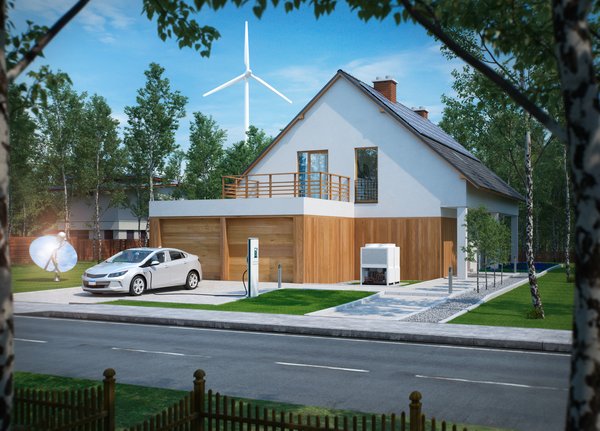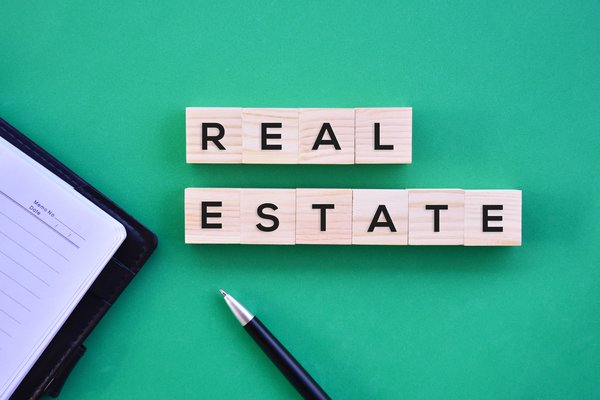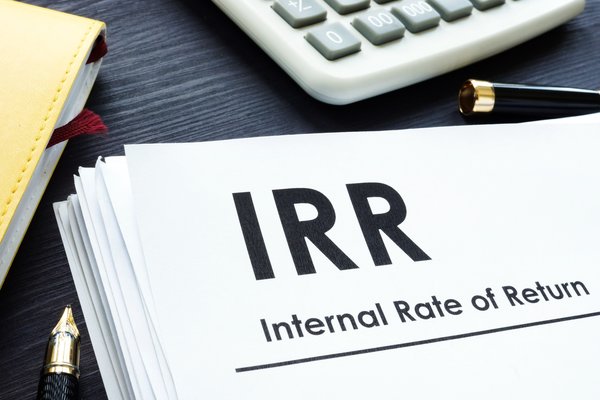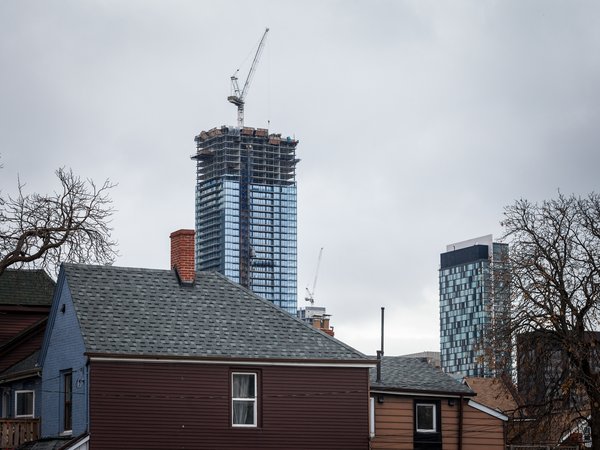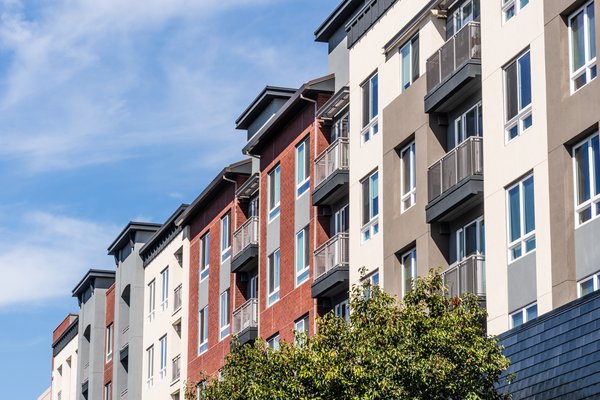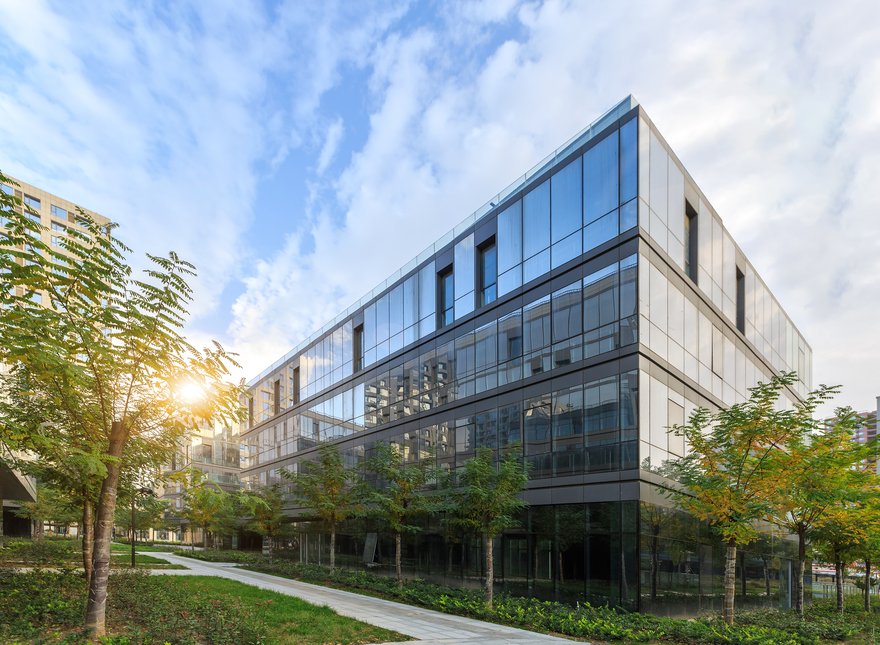
Commercial real estate (CRE) is an appealing investment class because of its consistent returns, passive income, and growth potential. This sector of real estate investing is becoming more and more popular as an alternative investment. However, while CRE has the potential to be profitable, not all commercial investments are considered equal. Knowing when, what, and how to invest in commercial real estate is an essential component of success or failure.
If you want to invest in CRE, here are six things you need to know before you get started.
It's an essential component to know the common pitfalls, mistakes, and risks of commercial real estate, so you can prepare for them before you buy.
1. Not all property types are the same
Commercial real estate has a wide variety of asset types. While CRE is typically classified into five main sectors; industrial, office, retail, multifamily, and special purpose, there are many other property types such as self-storage, medical, elder care, land, or hotel. The supply and demand, yield, and overall profitability of each sector vary greatly.
Some property types perform better than others based on the supply and demand in the asset's specific location. But even on a macro level, some sectors perform better than others. It is crucial to know how to identify the asset types that are most profitable or offer the biggest opportunity in the current economy.
Currently, industrial is the top-performing CRE asset class, while retail space is the lowest performing sector. With the rise of online shopping, retail space is struggling to compete, causing a shortfall in returns and a decline in growth. Keep in mind, some sectors of commercial real estate tend to have higher vacancy rates because they may have a single tenant -- like a warehouse in the industrial sector, or a single office space. To lower the potential risk profile, some choose to invest in sectors or properties that have multiple tenants such as multi-family apartments.
Before you begin investing, research the performance of each asset class in the current economy, determine the viability of that sector as an investment, and then elect which CRE property type you would like to pursue.
2. Know the market area and supply and demand
One of the most important things to know before investing in commercial real estate is that every market is different. When you invest, you are investing in a specific geographic area that has its own unique supply and demand. Certain property types may be doing well on a macro level but you may find there is an oversupply in your city, or vice-versa. Often times investors fail to conduct enough market research to determine if there is a potential risk of market saturation.
A good place to start is researching the market supply in your immediate area, taking into account both the current rentable square footage and any additional square footage that will come from current construction and planned developments.
If you have identified a property type that is undersupplied in your specific market, you can get a feasibility study to outline the future growth and likelihood of success in that sector. Realtor.com, Deloitte, CBRE, and Mordor Intelligence are great resources for this.
3. Understand market cycles
Nothing lasts forever. The health of the economy, unemployment rate, and GDP all directly correlate to the profitability of commercial real estate. Understanding how real estate market cycles work can help you avoid buying when the market is high and being forced to sell when the market is low. Additionally, knowing specific indicators of the various market cycles will help to determine what opportunities are present right now and make more informed investment decisions.
4. Do thorough due diligence
The due diligence period is the time in which a prospective buyer can conduct thorough research on the investment opportunity. This can include reviewing financials, documents, tax returns, profit and loss statements from the previous owner, as well as conducting surveys, property inspections, a feasibility study, or any other necessary research.
It’s not uncommon for new real estate investors to get so excited at the prospect of buying their first commercial investment that they miss something in their due diligence. Having a firm understanding of what needs to be investigated, carefully analyzed, and inspected before you buy will save you from potentially making very costly mistakes.
Creating a thorough and extensive due diligence checklist for your CRE property type will help ensure no item goes unaddressed. Here are just a few common items to consider:
- If you plan on developing vacant property, confirm that zoning will allow you to use the property as intended.
- If you want to expand an existing building or build new construction, look to see how many additional units a market can support.
- Become familiar with the permitting procedures and costs with the city or municipality of the property.
If you are investing in more passive forms of commercial real estate such as real estate investment trusts (REITs), crowdfunding, partnerships, or private funds, your due diligence will include thoroughly vetting the company or person that is handling your investment.
Unfortunately, not everyone in the investment world follows the same set of standards. Due diligence on the person, fund manager, or company you are investing with is equally as important as due diligence on the asset.
- Speak with other participants that have invested in past properties or ask for referrals.
- Look at past offerings and actual returns on closed investments to get a feel for their track record.
- Ask what their due diligence process is like. See how they vet each investment opportunity or determine which REIT or investment to invest in.
- While it may not be necessary with a large-scale investment firm, if it’s your first time working with someone in the private sector, do a background check. While this may sound severe, this is not uncommon in larger CRE deals.
5. Have a contingency and capital reserve fund
There is always uncertainty with any investment. Regardless of how much you researched, verified, or prepared, there will always be unknown factors that can positively or negatively affect your overall yield. One way to hedge this uncertainty is to account for cost contingencies.
Cost contingencies are additional funds you set aside as a part of your initial acquisition costs to help with unexpected expenses that arise as you lease up, raise rents, change management, renovate, rezone, or build. They can also be used to help cover your debt service until the property is stabilized. Cost contingencies are especially helpful if there will be negative cash flow while you improve the property's overall performance. In commercial real estate, the standard contingency budget is 5%-15%, but will vary depending on the asset and whether or not it is sub-performing.
Additionally, a best practice in real estate to create a capital reserve or replacement reserves fund. A capital reserve is a fund or account that has money set aside for long term improvements or unexpected expenses beyond your initial capital improvements. This is money you set aside before netting any positive cash flow, typically anywhere from 3%-5% of gross rents. Budgeting for both of these factors as you run your analysis of the investment will help increase the chances of being profitable and have the funds available when unexpected events arise.
6. Be prepared for setbacks and extended timelines
Just as there are uncertainties with costs, there are also uncertainties with the timeline. Most people set unrealistic timelines in which to build, renovate, fully lease, or reach market rents for their CRE investment. New construction, renovations, increasing rents, changing management, and introducing new systems all take time. There will almost always be setbacks and challenges that stall progress. Try to identify the potential obstacles in your due diligence period and prepare for them as a part of your contingency costs or with a plan of action that can be implemented if delays occur.
If you are investing in commercial real estate through a more passive vehicle like a REIT, crowdfunding, partnership, or fund, make sure you are flexible in your return expectations and timelines. Asset performances can fluctuate because of economic factors, market cycles, or challenges that arise after the acquisition. It’s ultimately the fund manager’s job to properly inform you of this risk, but it’s also good to be conscious of it on your own.
More on Real Estate Investing
The bottom line
Hopefully, these six things you need to know before investing in commercial real estate will help you identify profitable investments as well as guard against some of the potential setbacks, risks, and downsides.











